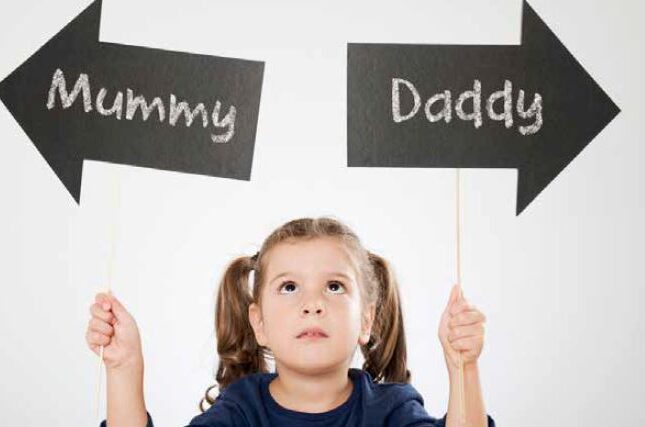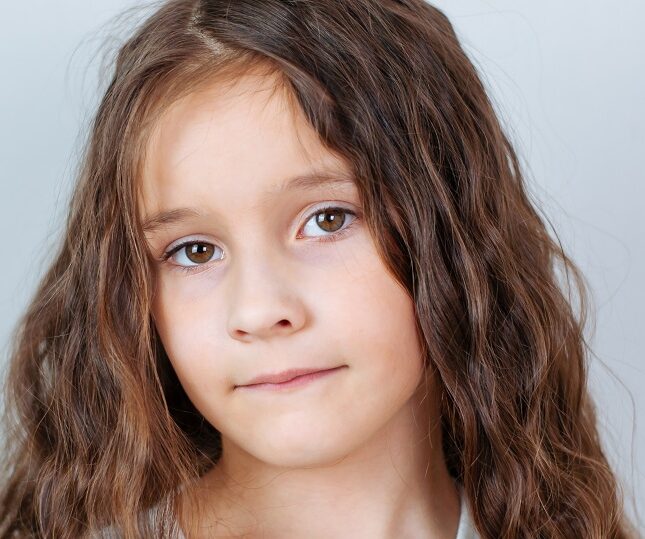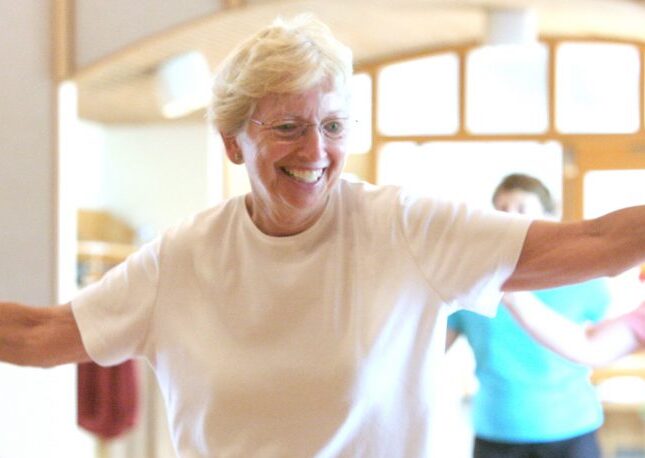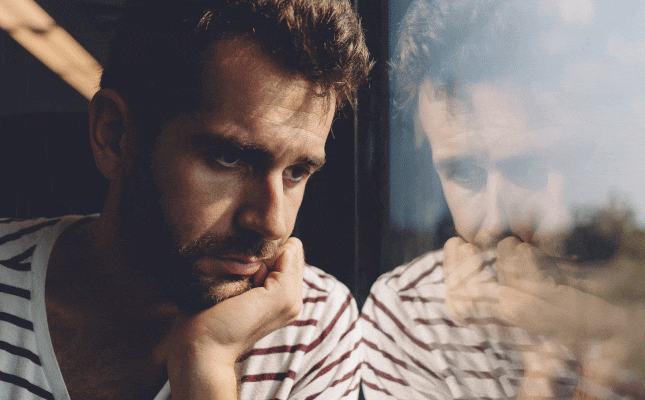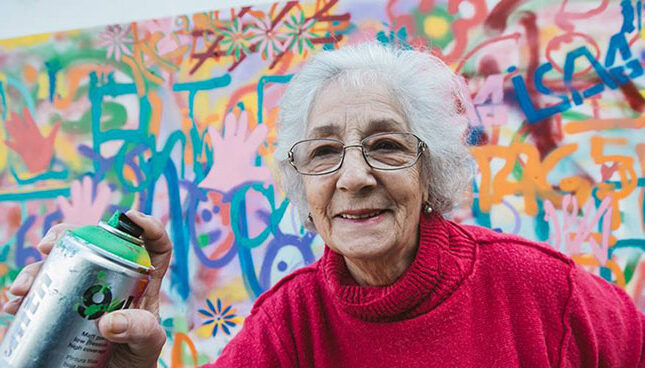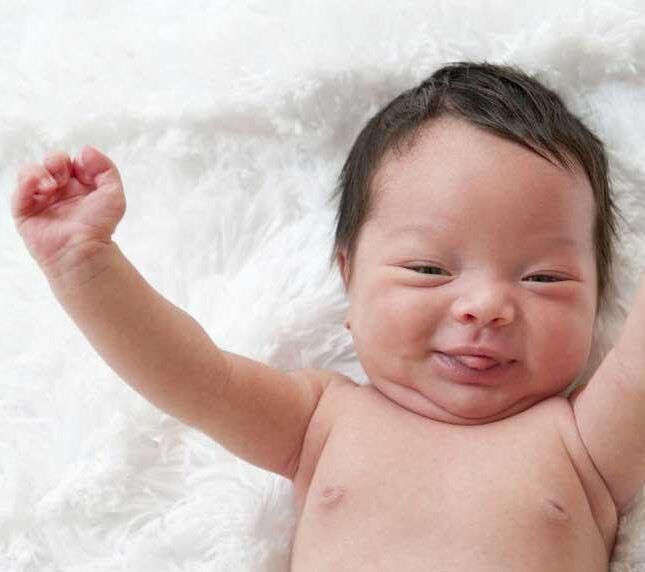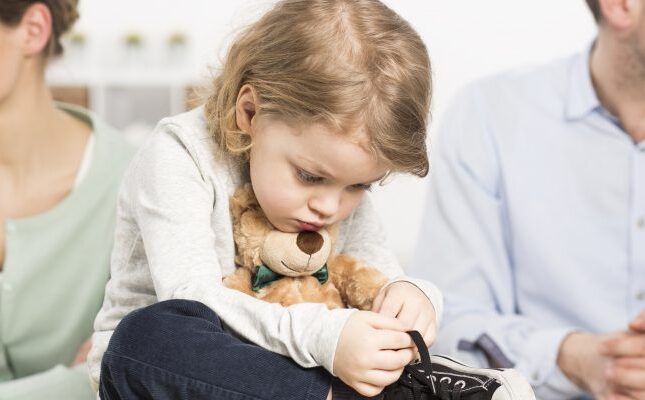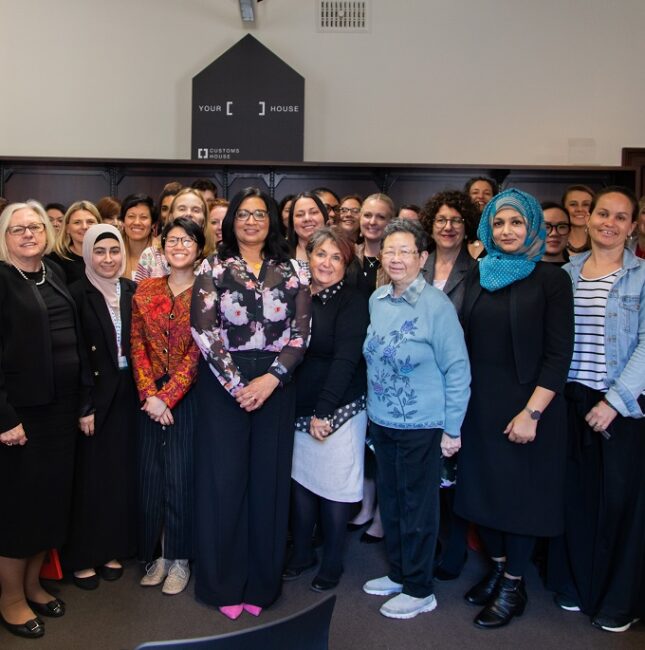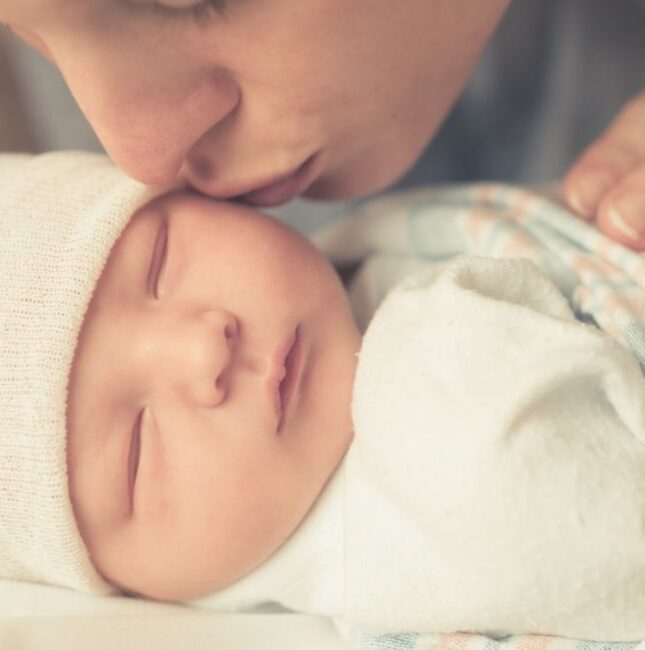Category: – ALL
An important update from CatholicCare Diocese of Broken Bay
We are certainly sharing unfamiliar and unpredictable times. CatholicCare Diocese of Broken Bay is working hard to keep our doors open to those in need, and our clients and their families, our staff and our communities safe in the face of the COVID-19 pandemic.
Are you a separated parent struggling to make agreements or manage conflict?
The Mediation Team at CatholicCare Diocese of Broken Bay may be able to support you to achieve an outcome that is quick, economical and provides peace of mind to all parties. With Family Centres conveniently located at Waitara, Tuggerah, Brookvale and Naremburn, our professionals bring local knowledge of additional support services within a comfortable and confidential environment.
Supporting vulnerable children & young people through foster care
There is little dispute that most us live a privileged life. God blesses us daily and abundantly and we live in a spectacular part of the world.
Dance class for seniors aims to improve memory and wellbeing
All too often people with memory issues are told to engage the brain, to do more crosswords or play games. A group of seniors in Waitara have chosen instead to take a weekly dance therapy class through our Memory Innovations Centre, with the goal of improving their memory and perhaps even preventing dementia.
Introducing our incredible Memory Innovations Centre team
Our Memory Innovations Centre opened on 28 January in Waitara! Designed to improves quality of life, wellbeing and help support cognitive decline for older Australians, our professionally run programs focus on having fun, connecting with others and using emerging technologies.
How the holiday period impacts homelessness, suicide rates and domestic violence
For many people, the holidays are a wonderful time full of family, love and cheer. However, the widespread claim is that the holidays also see a disturbing spike in suicide rates, homelessness and domestic violence.
Our creative arts program for seniors
Did you know 1 in 4 Australians report feeling lonely and isolated? This is alarming because loneliness can impact both mental and physical health.
Enrol now for our vacation care program
School holidays come and go each year. As a parent, you know how challenging it can be to keep your child engaged and happy.
How we support young parents
Bringing a new baby home as a young parent can be an exciting but scary time, especially if this is your first child. Family and friends can offer advice, but outside support is critical.
What exactly is Family Dispute Resolution?
Family Dispute Resolution (FDR) is a specialised type of mediation service. It works to help families across Australia come to their own agreements without the court's involvement.
Round table on immigration visas and domestic violence matters
Late September two of our Waitara Family Centre staff attended a round table event with Dr Mehreen Faruqi, Greens Senator for NSW to discuss and advocate for the important issues pertaining to women and children who find themselves with no visa status after suffering from domestic violence.
Six tips for new parents
Bringing a new baby home can be an exciting but scary time, especially if you're a brand new parent. However, you're not alone.



